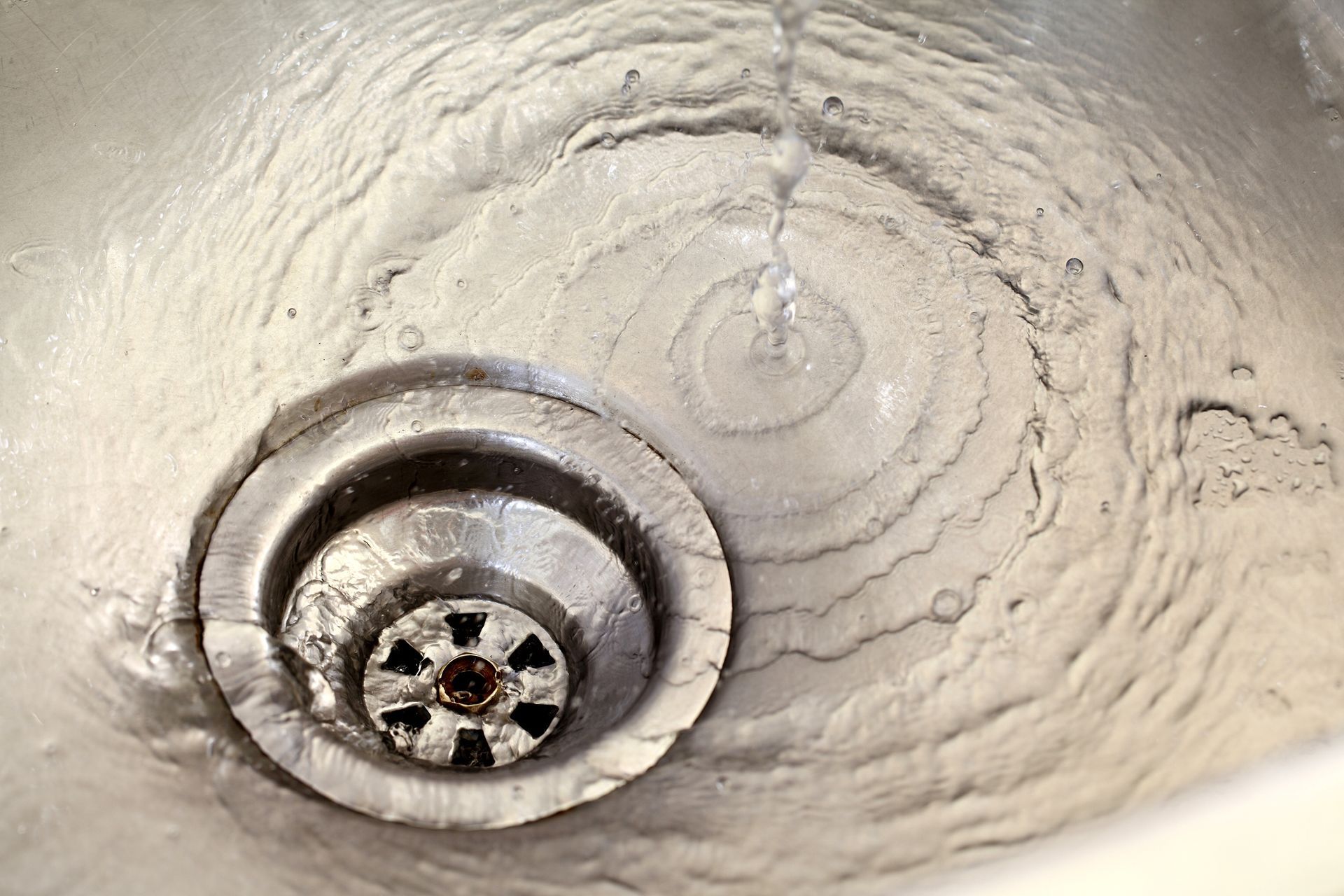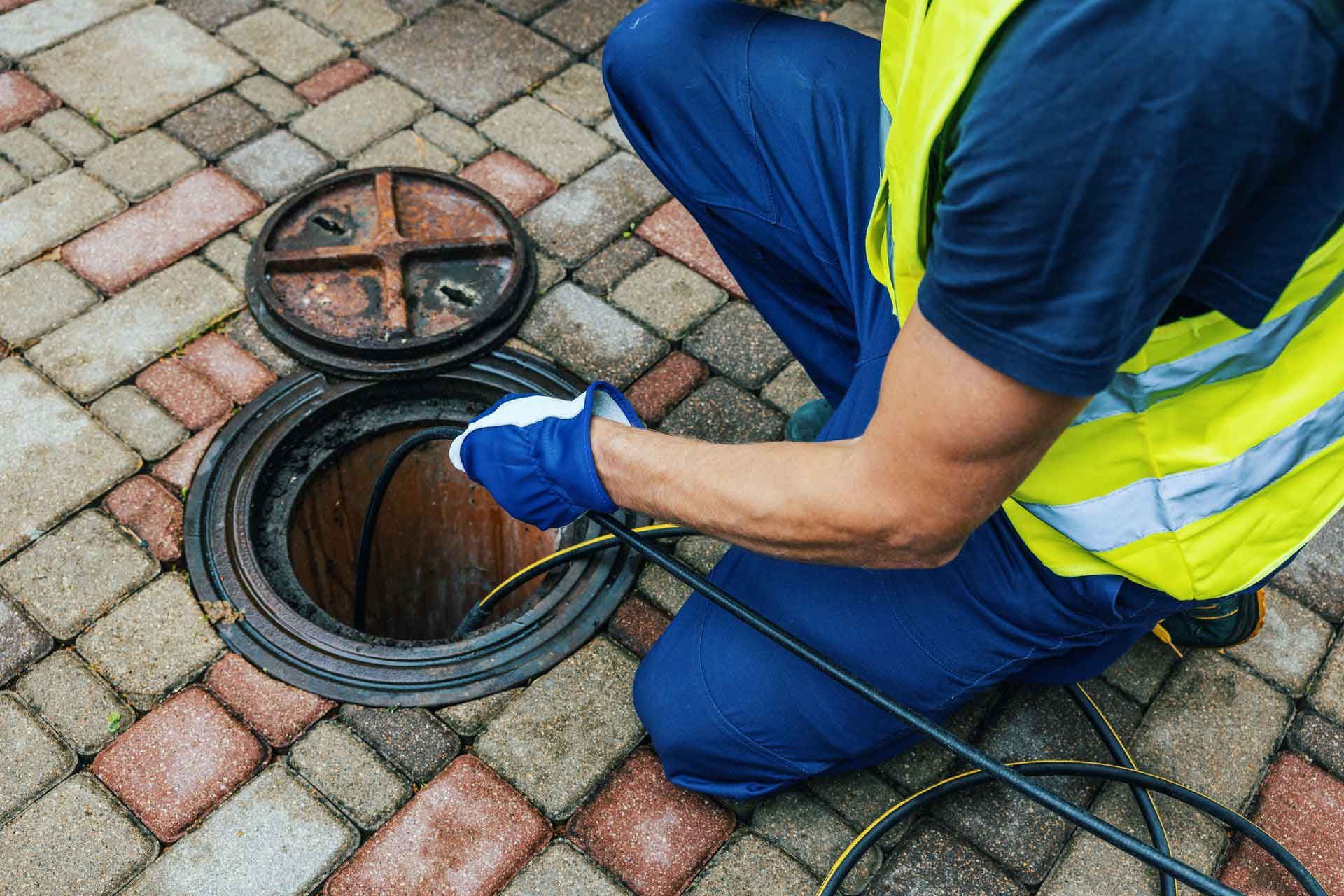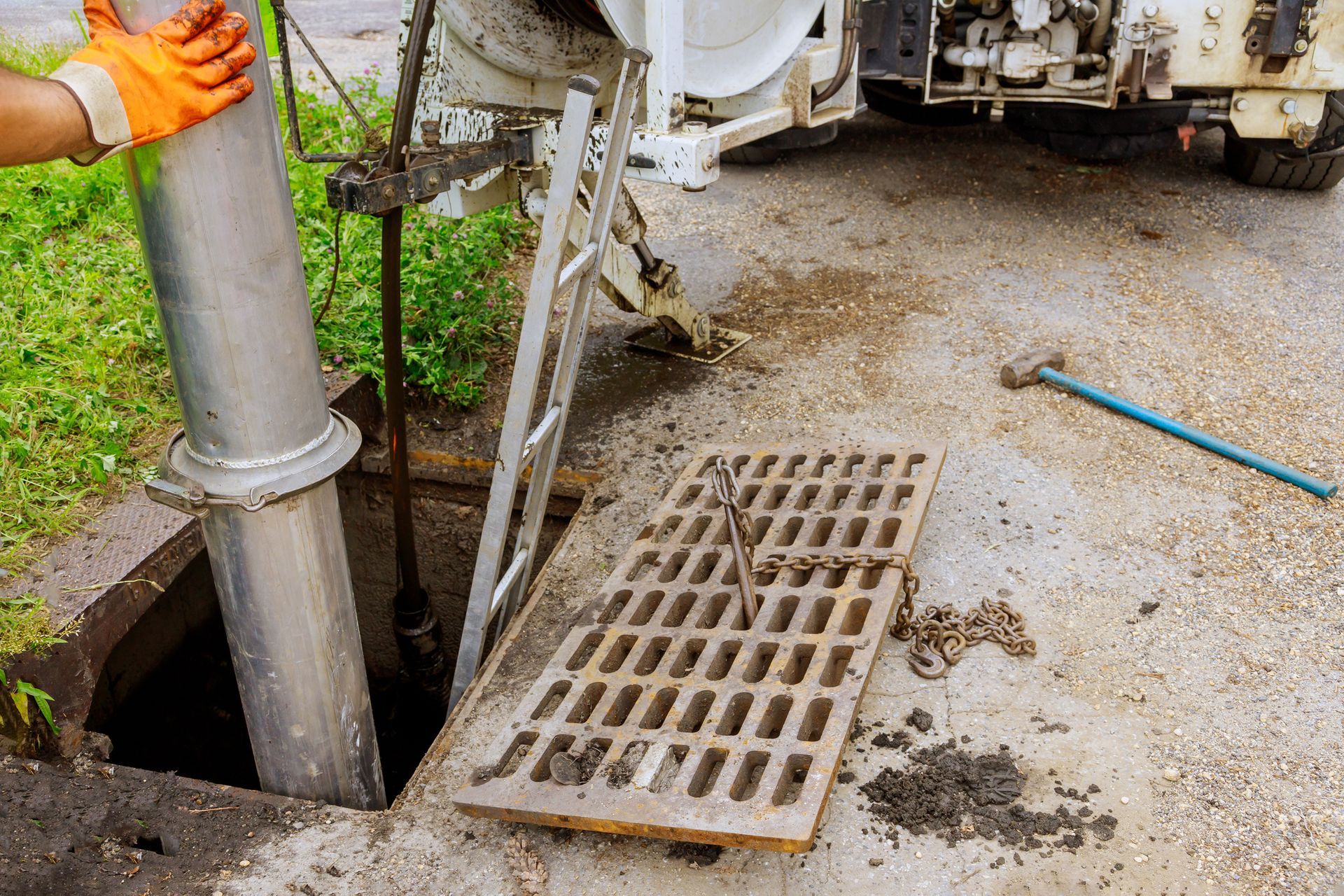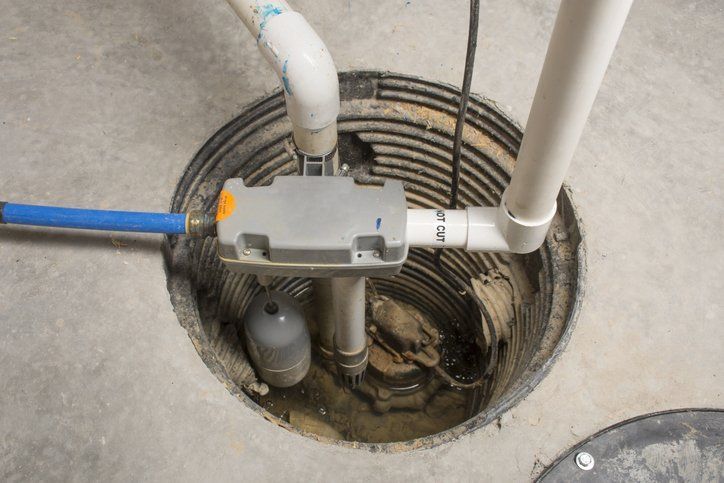3 TIPS FOR KEEPING TREE ROOTS FROM DAMAGING YOUR SEWER PIPE
January 17, 2019
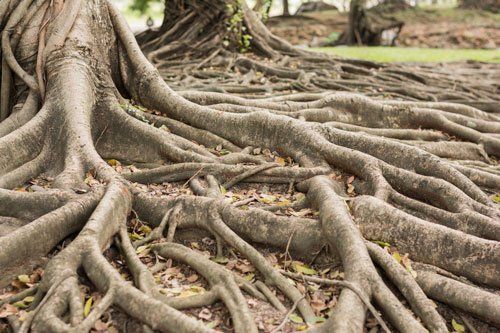
If your home uses a city water supply, then it also contains a sewer pipe. The sewer pipe conducts wastewater from your home to the municipal pipe system and usually runs beneath your front lawn. Although sewer pipes are strong enough to last for many decades, they may still fall prey to certain problems as time goes on.
One common issue involves aggressive tree roots pushing into a sewer pipe through small cracks. Invasive roots often lead to sewage leaks and/or blocked sewer pipes. If you would like to learn more about how to minimize the chances of tree root problems, keep reading. This article outlines three effective strategies for protecting your sewer pipe from tree roots.
1. Provide Adequate Pipe Support
In most cases, invasive tree roots take advantage of pre-existing damage to a sewer pipe. Even a tiny crack in the wall of a sewer pipe allows wastewater to escape into the surrounding soil.
Tree roots naturally seek out such areas of increased moisture in your soil. From there, the root soon pushes its way into the crack to better reach the nutrient-rich water supply inside.
The most fundamental way to prevent invasive tree roots involves installing a sewer pipe correctly. Cracks often form as the result of soil compression beneath a pipe. Such compression leaves the bottom of the pipe under-supported, making it more susceptible to stress. Cracks caused by pipe deflection often ensue.
To ensure optimal longevity, a sewer pipe requires adequate bedding. Bedding involves the addition of non-compressible materials to the bottom of the trench, before laying the pipe in place. Most contractors agree that sand makes the best bedding material. That said, gravel may also provide reliable results.
2. Use Copper Sulfate As a Growth Inhibitor
While proper bedding minimizes the types of cracks that lead to root invasion, this tactic only works for those constructing new homes — or at the very least, installing new sewer pipes. Fortunately, those with pre-existing sewer pipes also have options at their disposal. One of the most basic strategies involves placing growth inhibitors in the ground around the pipe.
The first step in this process involves accurately locating the position of the sewer line. A contractor then uses an auger to create vertical holes in the ground, with each hole terminating about two feet above the sewer pipe. A corresponding length of PVC pipe then goes in the hole, and the contractor carefully fills the pipe with copper sulfate crystals.
Finally, the contractor adds hot tap water to the pipe in order to dissolve the crystals. The dissolved copper sulfate then percolates into the soil around the sewer pipe. Copper naturally repels tree roots, causing them to avoid any parts of the soil containing this growth-inhibiting element.
3. Choose Your Trees Carefully
You can also minimize the risk of invasive roots by avoiding certain species of trees. Some of the most problematic species include all of the following:
- Ash
- Birch
- American elm
- Poplar
- Silver maple
- Willow
Generally speaking, the higher a particular tree's water demand, the more aggressively its roots grow. Likewise, trees that naturally grow at faster rates tend to have much greater water needs. Avoid such trees in favor of slower-growing, less water-hungry species.
Also be aware that roots tend to grow more rapidly during periods of drought. At such times, the tree experiences stress that causes its roots to seek out moisture more aggressively. For this reason, homeowners should water their trees periodically during especially hot and/or dry periods of weather.
Tree roots can cause serious and often expensive problems for a sewer pipe. For more information about how to protect your sewer pipe, please contact the plumbing pros at Roto-Rooter Sewer Service.

